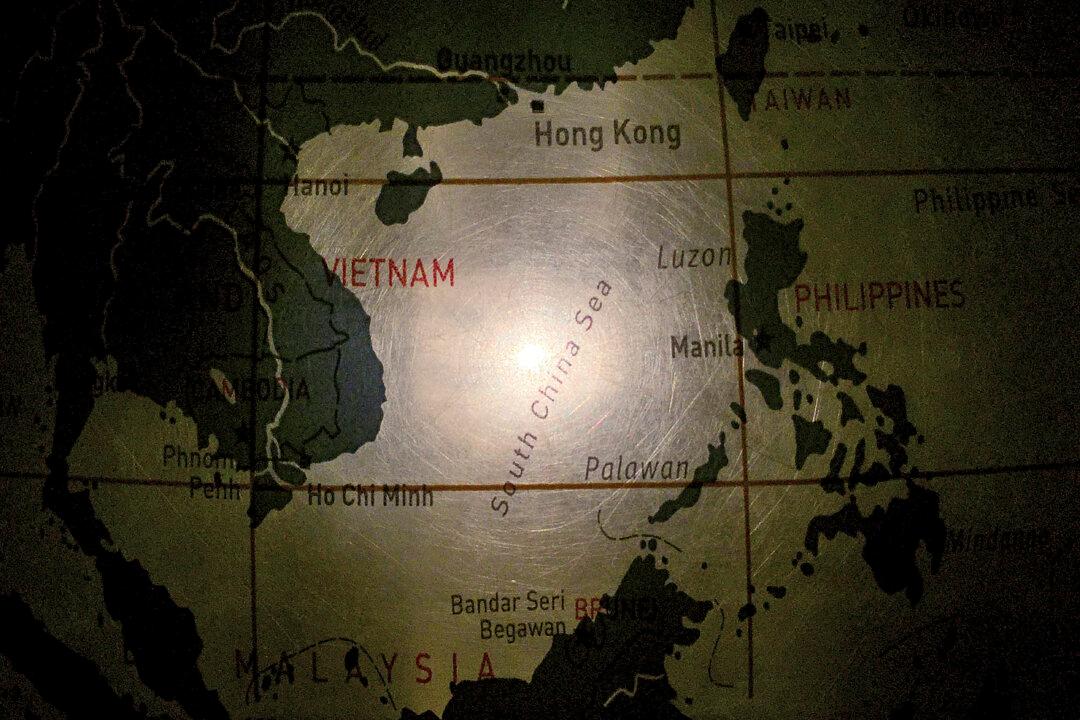KUALA LUMPUR—Malaysia called on April 23 for disputes over the South China Sea to be resolved by peaceful means, amid a standoff between Chinese and Malaysian vessels that a U.S. think tank said had been going on for months.
U.S. and Australian warships arrived in the South China Sea this week near an area where a Chinese government survey vessel, the Haiyang Dizhi 8, has been operating close to a drillship under contract to Malaysian state oil company Petronas, regional security sources have said.





